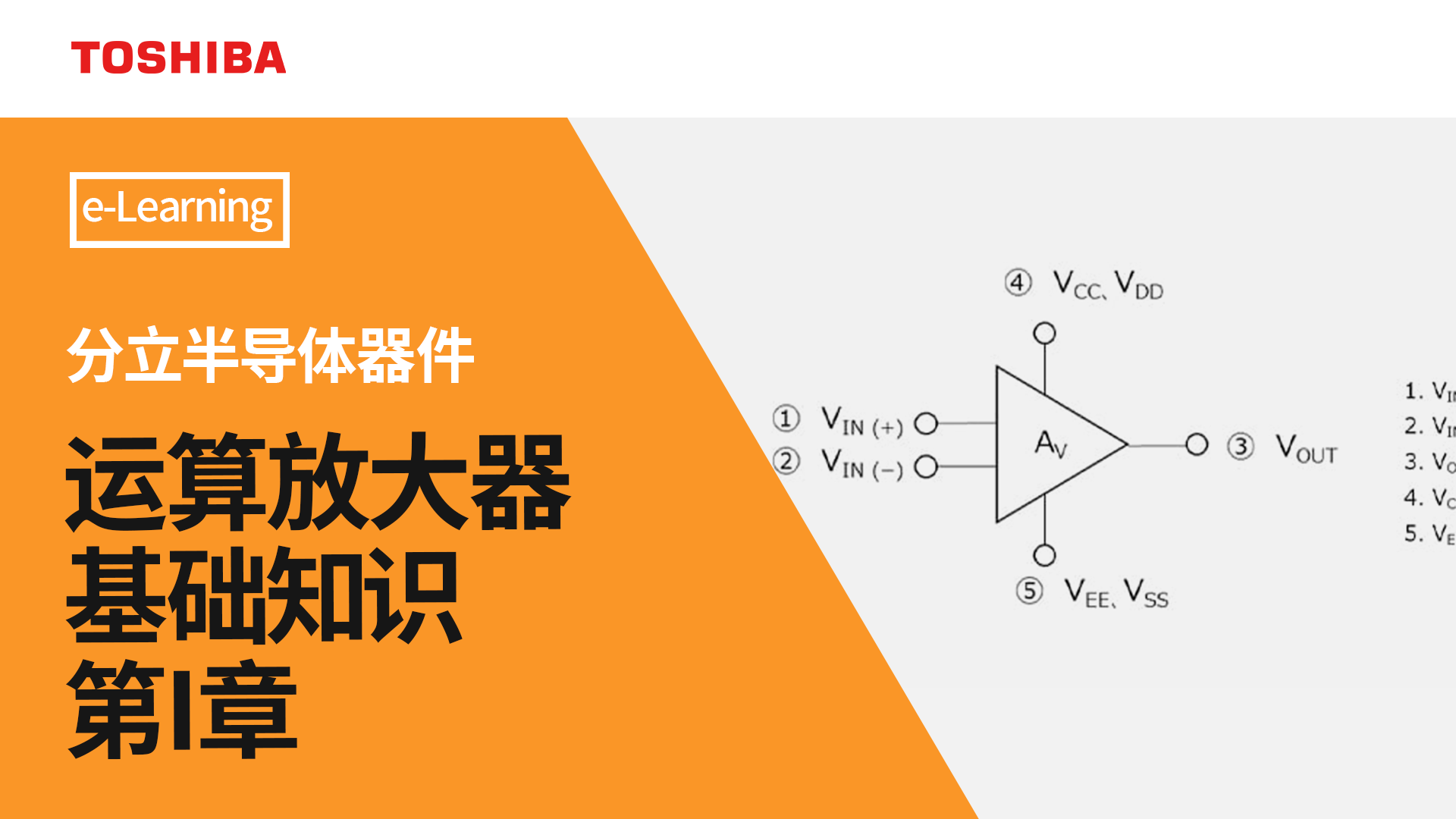- 型号 & 关键词搜索
- 交叉搜索
- 参数搜索
- 库存查询与购买
This webpage doesn't work with Internet Explorer. Please use the latest version of Google Chrome, Microsoft Edge, Mozilla Firefox or Safari.
请输入3个以上字符 Search for multiple part numbers fromhere.
The information presented in this cross reference is based on TOSHIBA's selection criteria and should be treated as a suggestion only. Please carefully review the latest versions of all relevant information on the TOSHIBA products, including without limitation data sheets and validate all operating parameters of the TOSHIBA products to ensure that the suggested TOSHIBA products are truly compatible with your design and application.Please note that this cross reference is based on TOSHIBA's estimate of compatibility with other manufacturers' products, based on other manufacturers' published data, at the time the data was collected.TOSHIBA is not responsible for any incorrect or incomplete information. Information is subject to change at any time without notice.
请输入3个以上字符
能否放大信号从而使其电压接近电源电平?

为放大信号从而使其电压接近电源电平,请使用轨对轨运算放大器而非典型运算放大器。当输入超出共模输入电压范围并接近VDD时,无法保证非轨对轨运算放大器能正常运行。
典型运算放大器的差分输入对由P沟道MOSFET组成,具体如下列等效输入电路所示。
运算放大器的所有MOSFET必须在饱和区运行,以防止意外的输出失真等。因此,必须满足以下公式:
|VDS|>|VGS|-|Vth|
当输入电压介于VDD和(电路电流源的VSD)+(差分输入对的VSG)之间时,作为电流源的Qp1进入线性区域。当(电路电流源的VSD)+(差分输入对的VSG)内的输入电压低于供电电压时,运算放大器进入线性区域。此电压范围超出了共模输入范围。此范围内的输入电压会导致输出失真或增益衰减。因此,必须在共模输入电压范围内运行运算放大器。
轨对轨运算放大器的差分输入对由一对差分P沟道MOSFET和一对差分N沟道MOSFET并联组成。因此,轨到轨运算放大器适用于GND和VDD之间的输入电压。

相关链接
以下文档也包含相关信息:



